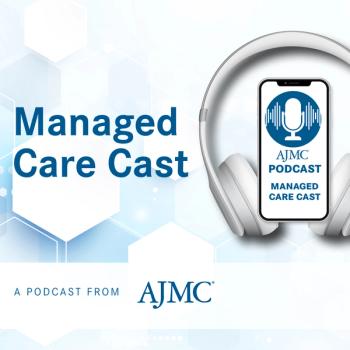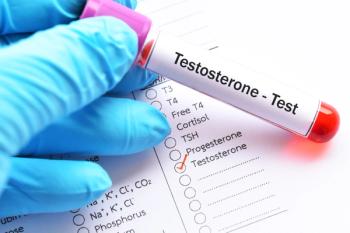
Consensus Called for When Choosing Optimal Treatment for Breast Cancer–Related Lymphedema
More than 20% of breast cancer survivors are severely affected by breast cancer–related lymphedema, with debilitating adverse effects that include depression, chronic pain, and recurrent skin infections—all affecting overall quality of life.
More than 20% of
The 2 principal treatment modalities are complex decongestive therapy (CDT) and
Is one of these solutions to BCRL better than the other? According to
“Improvement in quality of life is a primary goal of BCRL treatment. In this patient population, arm volume and severity of edema are not well correlated with long-term changes in quality of life. Symptoms of lymphedema may persist in the absence of objective findings, suggesting that clinician-measured outcomes may underestimate the burden of BCRL,” the study’s investigators noted.
Therefore, with treatment effectiveness now being measured more by patient-reported outcomes (PROs) associated with HRQOL, the study team wanted to see if one of the treatments was superior. They conducted a review of studies published on the PubMed/MEDLINE and Embase databases between January 1980 and April 2019.
Their search terms consisted of breast cancer—related lymphedema, vascularized lymph node transfer, complex decongestive therapy or complete decongestive therapy, and quality of life. Studies were included if they measured HRQOL using a validated PRO instrument and compared baseline and end-of-study HRQOL, as well as if lymphedema resulted from breast cancer treatment.
Sixteen studies were included in their final evaluation, 2 of which examined VLNT (N = 65 patients) and 14, CDT (N = 569 patients). Data extracted from both groups included PRO instrument, latest follow-up, and clinician-measured outcomes. No studies directly compared VLNT with CDT.
In the VLNT studies, which were prospective cohort studies, PROs were measured via the
The results varied a great deal more among the CDT studies. Eight were prospective cohort studies, and 6, randomized clinical trials. Follow-up was much longer, due to the 2 phases of this treatment: 2 to 12 weeks for the decongestive phase (removing the excess fluid) and 2 weeks to 13 months beyond that. PROs and HRQOL outcomes also were measured using several questionnaires, including the
The authors noted, too, that CDT has come under scrutiny as of late because it is so taxing on patients and has been linked to poor treatment adherence, worsening quality of life, and higher overall lifetime costs.
To move forward and better tailor treatment to each patient, the authors propose additional studies that compare VLNT with CDT and employ a universal PRO tool. They also suggest a cost-utility analysis because it “compares treatment modalities based on cost and utility values for each possible health state outcome.”
“The use of diverse PRO measures, lack of data related to VLNT, and variability in CDT protocol limited interpretation of results in this population and between treatment modalities,” the authors concluded. “HRQOL outcomes obtained through coordinated use of preference-based health utility measures may be required to compare outcomes among patients undergoing surgical and nonsurgical treatments of BCRL.”
Reference
Fish ML, Grover R, Schwarz GS. Quality-of-life outcomes in surgical vs nonsurgical treatment of breast cancer—related lymphedema: a systematic review [published online April 29, 2020]. JAMA Surg. doi: 10.1001/jamasurg.2020.0230.
Newsletter
Stay ahead of policy, cost, and value—subscribe to AJMC for expert insights at the intersection of clinical care and health economics.















































